World Fine Art Professionals and their Key-Pieces, 187 - Conny Kuipéri
World Fine Art Professionals and their Key-Pieces, 187 – Conny Kuipéri
In the shop window of the house of Conny Kuipéri, you can see in the month of December an appropriate statue of an angel with a cross on her neck. The angel has great hands as a sign of her will to help people. The image is surrounded by matching black and white photographs of Frederick Linck, her husband.
Every month there is a different arrangement in the shop window in the Amsterdam Veerkade, with objects from Conny and photographs by Frederick. They are mostly animal objects. When the New Chinese New Year arrives, there will be an object of a dog of gold-colored cardboard according to Chinese paper cutting art. 2018 is the year of the dog. The home of Conny and Frederick is located in the Chinatown area of The Hague, with one of the beautiful Chinese gates not far from them.
Animal objects
Conny: “Fascinated by the symbolism of animals in the language and painting of centuries ago, but also amazed at the hypocritical attitude of people towards animals today, I started making a series of animal heads. The animal heads are a reference to the usefulness of animals as a consumption and entertainment item, but also as a consolation object.
I made about 50 animal heads and sold most of them through the course of time. As soon as the making of an animal object becomes a routine job, I stop it, because the tension and the wonder about what arises has gone. Such a process takes place very gradually, you get bored with what you are doing and you no longer find a new form.
I ended this animal project by locking up the monotypes in a two-meter-high cross-shaped object of chicken wire. I wanted to indicate that it is our illusion to give domesticated animals their freedom because they can no longer survive on their own after domestication. Characteristic of my work is that I transform drawings into a spatial object.
Drawings on paper are vulnerable, so I treat them first with bookbinder glue and then connect them with thread or glue with stronger materials such as textiles, rubber and plastic. The objects are conserved by first applying a textile hardener and then a lacquer layer, which also creates a unity in the diversity of the materials used. ”
Nothing beastly is strange to us
“In 2011 I made an exhibition of animal heads and animal masks under the title ‘Nothing beastly is strange to us’ (Niets dierlijks is ons vreemd). What does man bring to smear and decorate their faces or to cover them with a mask. Is that the mythical rite that is in our genes that we always come back to, to show our position? In these masks I wanted to express the age-old relationship between humans and animals.
Many cultures give animals important qualities that a person can learn from or who are at the service of man. We often make our own craziness and flaws known through the characteristics we assign animals. That has been the case for centuries, think of fairy tales and Bible stories, although it is not always clear which animal one wants to give which property; the monkey used to be a model for evil and idolatry, nowadays for a boyish prank. While the pigeon survives time as a peace symbol.
For my objects I often use everyday objects and discarded materials, not only a statement against the consumer society but also to show the beauty of transience. For example, I used pieces of fur for the animal masks, which I received from various people. In the case of legacies, fur coats often come to the table and the heirs don’t know what to do with it.
Do know that in the thirties of the last century was said to be careful on your fur coat because in times of poverty it gives you warmth. As a tribute to the animals that have adorned us and given us warmth, I have incorporated this fur material into the masks. That is how I established a monument posthumously for them, as it were. ”
The tree
Her first big theme was the tree. She graduated in 2006 at the Royal Academy of Art in The Hague; with mobile trees on wheels as a reference to the society in which we want to control everything. With the tree creations she compared the dying process in nature with the dying process of man. From branches and tree stumps, which she found in the Clingendael forest, she formed a new tree – with the title Autumn – on a luggage cart and of young branches ‘Spring’ on a stroller.
“My father was dying and I tried to defuse the transience by making these tree objects, a ritual spell.” She was then asked to do something with the trees in the garden of an estate. Around the trees she fixed a band with building blocks measuring 25 by 30 cm, as a sign of connection. Each stone had its own material, an up-to-date portrait photo from the newspaper and a dental print that stands for uniqueness and communication.
Conny: “I connect and make connections very literally by sewing or pasting all sorts of materials together and figuratively by linking thoughts, emotions and experiences.” In the room I see blocks on the wall with pictures of people with dentures that are open. Eight in a vertical row. “I have linked those toothprints of unknown people. This is how I connected people who do not know each other. ”
The dental prints, disposable material, she picked up at a dental office, boxes full. The objects she made around trees turned out to be attractive to animals: the insects, birds and even rats crawled into them. “I loved that because it made new connections again, nature gave me a hand. The stones have been hanging in the park for a year and then I have incorporated them into a two-meter sacral cross object that symbolizes life in all its transience. ”
She still regularly makes tree objects. A bird tree, a Christmas tree transformed into a cross, a city tree of shop window material, the ‘tree creation’ with horns and fur, Lost Paradise, a tree of drawn animals, the Kennisboom, the Tree of Knowledge, built up with animal objects, an obliquely grown Aruban Watapana tree, a tree with a bark of satay skewers, a tree of green plastic and a Maria tree.
Conny: “It all has to do with connecting. My first exhibition, at Pulchri in 2009 under the title ‘Setting up a tree’ (Een boompje opzetten), involved ten tree objects as ornaments presented on long tables with white carpets, thus referring to earlier times when table pieces served during dinners in the well-to-do circles as conversation topic.”
Making connections
Conny likes to make connections. “For that I am in the world, I feel. Every person has something why he or she has come to the world. Frederick is a teacher and I am in the world to pass on knowledge. I make connections: literally by stitching or pasting materials together and figuratively bringing people into contact with each other.” The social media also have the goal of making connections, but Conny is less enthusiastic about that.
“We think we have a lot of contact with each other via Facebook and other social media, but that is only one side of the matter. The question is how deep does the contact go. The media are mainly about making money. I am of the older generation, I do not know how I would be when I was younger, but I also see disadvantages: it is bad for your posture and you become short-sighted according to recent research. Will the young generation really be 100? ”
Religious symbolism
Finally, what is her philosophy? “I do not want to hang around as long as I have the opportunity to develop myself. I made series that stopped at a certain moment. Apparently that subject is then closed. I am constantly improving and sharpening things. Symbolism remains a big issue: especially how did artists, even from the distant past, look at something?
There is so much symbolism, religious and general symbolism. Religious symbolism will always be there, but it takes different forms. After the dog, one of the animal signs of Chinese astrology, I am going to work out the lamb as a symbol of the Christian religion. It is always a surprise to me what the final result is. This sounds strange when you do research in advance, but the use of materials such as paper and textiles often drives the process. ”
Images
1) Rabbit, 2) Insect, 3) Monkey, 4) Still life, 5) Kuiperian Table Piece 1, 6) Kiplekker, 7) Fur Monument, 8) Crucifix, 9) Mask with the title ‘ Chinese rabbit 10) Portrait photo Conny Kuipéri made by Esther van der Wallen
http://www.pulchri.nl/kunstenaars/conny-kuiperi
https://ifthenisnow.eu/nl/verhalen/de-wereld-van-de-haagse-kunstenaar-78-conny-kuiperi
Disclaimer: The views, opinions and positions expressed within this guest article are those of the author Walter van Teeffelen alone and do not represent those of the Marbella Marbella website. The accuracy, completeness and validity of any statements made within this article are not guaranteed. We accept no liability for any errors, omissions or representations. The copyright of this content belongs to Walter van Teeffelen and any liability with regards to infringement of intellectual property rights remains with the author.

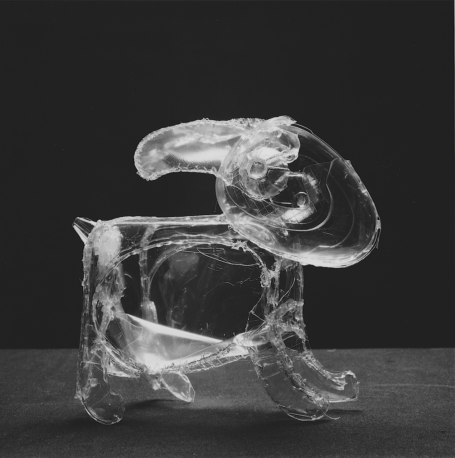
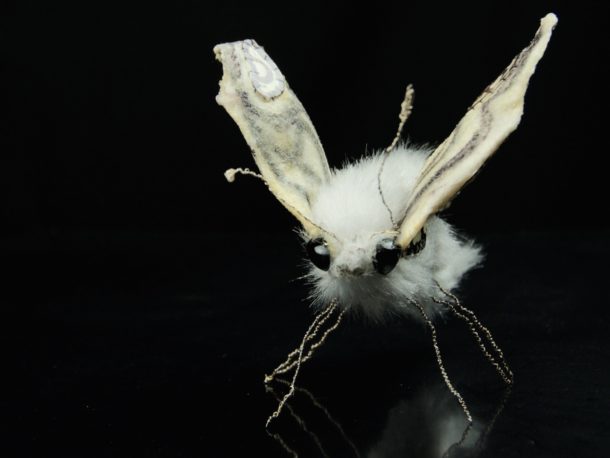
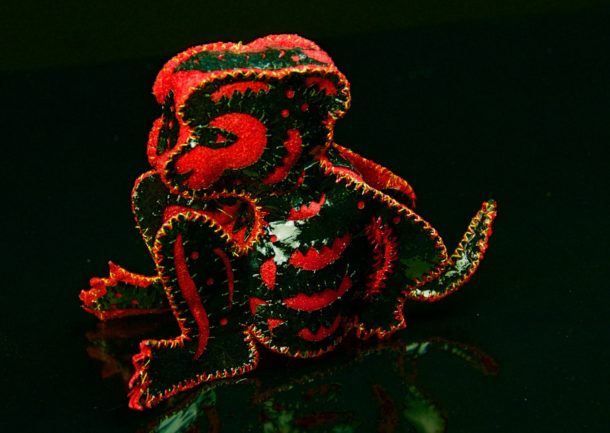

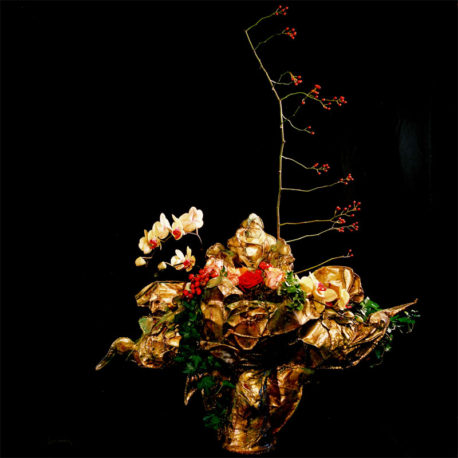
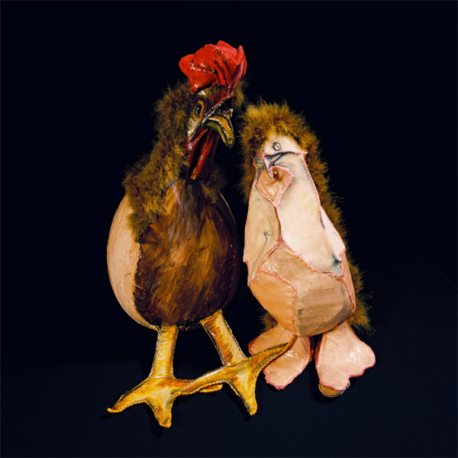

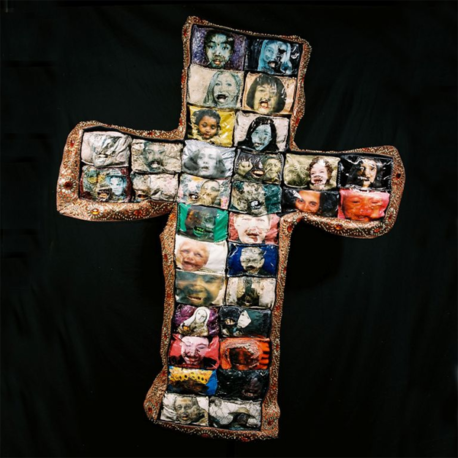

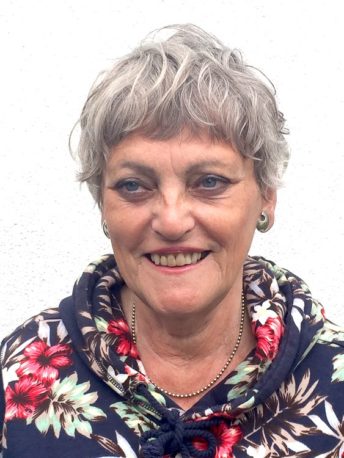














The opinions expressed by individual commentators and contributors do not necessarily constitute this website's position on the particular topic.